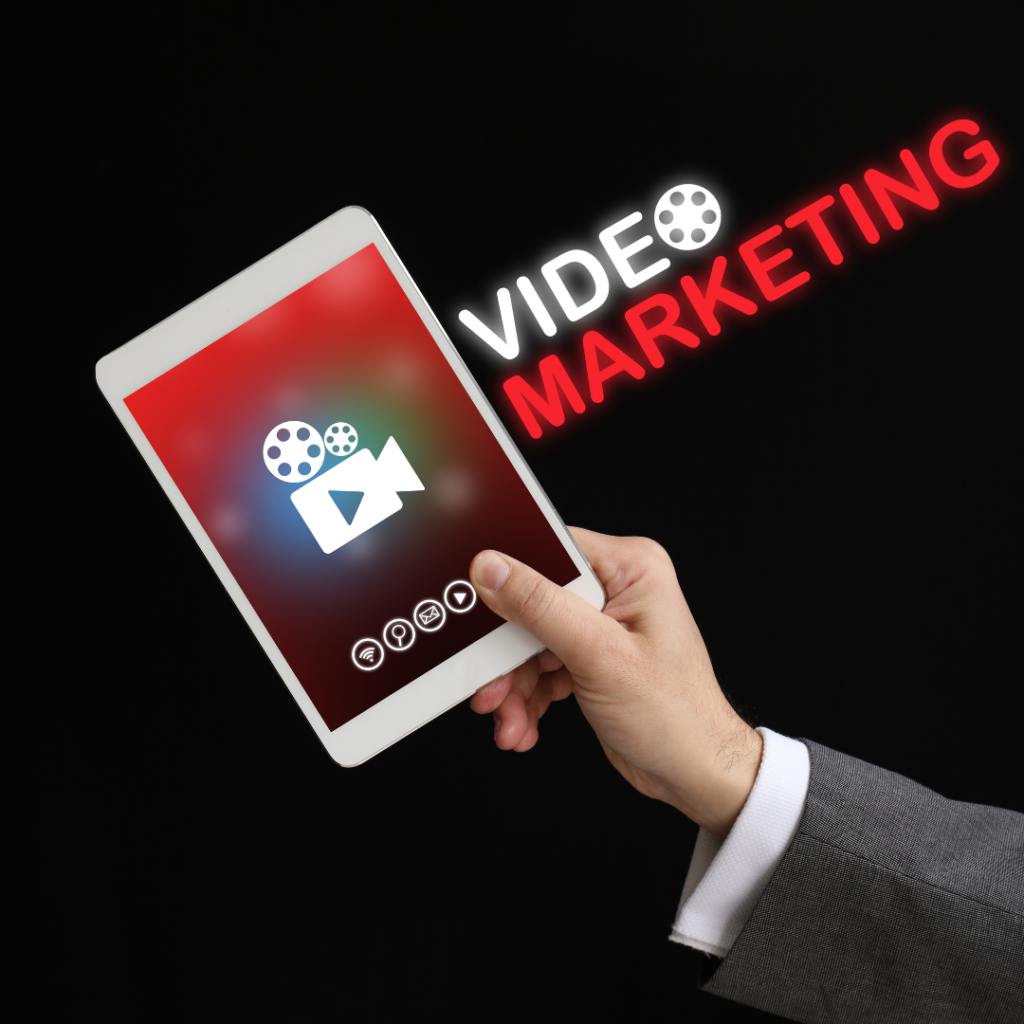SEO-Search Engine Optimization

Search Engine Optimization (SEO) is a digital marketing strategy aimed at improving a website’s visibility on search engine results pages (SERPs). By optimizing various elements such as keywords, content, and website structure, SEO helps websites rank higher, increasing organic traffic and boosting online presence. It involves both on-page techniques like content creation and keyword optimization, as well as off-page tactics such as link building and social media engagement. Effective SEO not only enhances search rankings but also improves user experience, making it a key tool for businesses looking to attract more visitors and potential customers online.
SMM-Social Media Marketing

Social Media Marketing (SMM) is a powerful digital marketing strategy that utilizes social media platforms like Facebook, Instagram, Twitter, and LinkedIn to promote brands, products, or services. By creating engaging content, running paid ad campaigns, and fostering real-time interactions with users, SMM helps businesses reach a broader audience and build a strong online presence. Key aspects of SMM include targeting specific demographics, encouraging user engagement, and analyzing campaign performance. With its ability to generate brand awareness, drive website traffic, and increase sales, SMM is essential for businesses looking to grow in the digital landscape.
SMO-Social Media Optimization

Social Media Optimization (SMO) is a digital marketing strategy focused on increasing brand awareness and engagement through social media platforms. By optimizing content, profiles, and interactions on networks like Facebook, Instagram, Twitter, and LinkedIn, SMO helps businesses connect with their target audience more effectively. Key elements of SMO include creating shareable content, using relevant hashtags, engaging with followers, and encouraging user interaction. SMO enhances a brand’s online visibility, boosts website traffic, and builds a loyal customer base. It’s an essential tool for businesses to foster strong connections, drive engagement, and expand their social media reach.
Google PPC

Google Ads allows advertisers to display ads on Google’s search engine and partner websites. It operates on a pay-per-click (PPC) model, meaning businesses only pay when users click their ads. This platform is ideal for targeting users actively searching for products or services.
Meta Ads, on the other hand, offers businesses the ability to run ads on Facebook, Instagram, and other Meta-owned platforms. With detailed targeting options based on user demographics, interests, and behaviors, Meta Ads excels at driving engagement and building brand awareness.
Content Marketing

Content marketing is a strategic approach focused on creating and distributing valuable, relevant content to attract and engage a specific audience. Unlike traditional advertising, which directly promotes products or services, content marketing provides informative and entertaining material that addresses the needs and interests of potential customers. Common formats include blog posts, videos, podcasts, infographics, and social media updates. By consistently delivering high-quality content, businesses can build trust, establish authority in their industry, and foster lasting relationships with their audience. Ultimately, effective content marketing drives brand awareness, enhances customer loyalty, and generates leads for sustainable business growth.
Website Design

Website design is the process of planning and creating the layout, visual appearance, and user experience of a website. It involves a combination of graphic design, user interface (UI) design, and user experience (UX) design to ensure that a site is not only aesthetically pleasing but also functional and easy to navigate. Effective website design considers factors such as responsive layouts, color schemes, typography, and accessibility to engage visitors and meet their needs. A well-designed website enhances brand credibility, improves user satisfaction, and increases conversion rates, making it a crucial element for any business looking to establish a strong online presence.
Graphic Design

Graphic design is a creative discipline that combines art and technology to communicate ideas and messages visually. It involves the use of typography, imagery, color, and layout to create visually appealing designs for various mediums, including print, digital media, advertising, and branding. Graphic designers work on projects such as logos, brochures, websites, posters, and social media graphics, aiming to effectively convey information and evoke emotions. By blending creativity with strategic thinking, graphic design plays a crucial role in shaping brand identity, enhancing user experience, and engaging audiences, making it an essential component of modern communication and marketing strategies.
Video–Marketing

Video marketing is a dynamic digital strategy that leverages the power of video content to promote products, services, or brands. By creating engaging and informative videos, businesses can effectively capture the attention of their target audience, convey complex messages, and evoke emotional responses. This approach includes various formats such as promotional videos, tutorials, testimonials, and live streams, distributed across platforms like YouTube, social media, and websites. Video marketing not only enhances brand visibility but also improves audience engagement and conversion rates, making it an essential tool for modern marketers seeking to connect with consumers in an increasingly visual online landscape.
Brand Strategy and Consulting

Brand strategy and consulting in digital marketing involves developing a comprehensive plan to build and enhance a brand’s identity, positioning, and engagement in the digital landscape. This process includes analyzing market trends, target audiences, and competitors to create a unique value proposition that resonates with consumers. Consultants guide businesses in aligning their digital marketing efforts with their overall brand objectives, ensuring consistency across all channels. Effective brand strategy fosters customer loyalty, improves brand recognition, and drives sales. By leveraging digital tools and analytics, businesses can adapt their strategies to changing market conditions, enhancing their overall impact and reach in the online marketplace.
